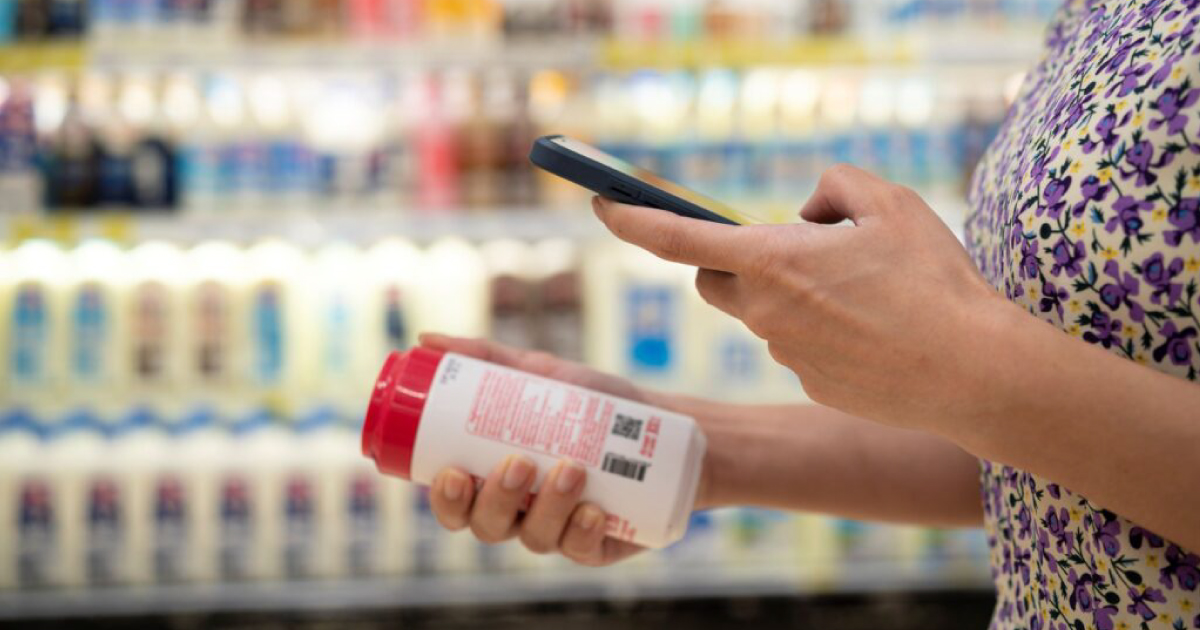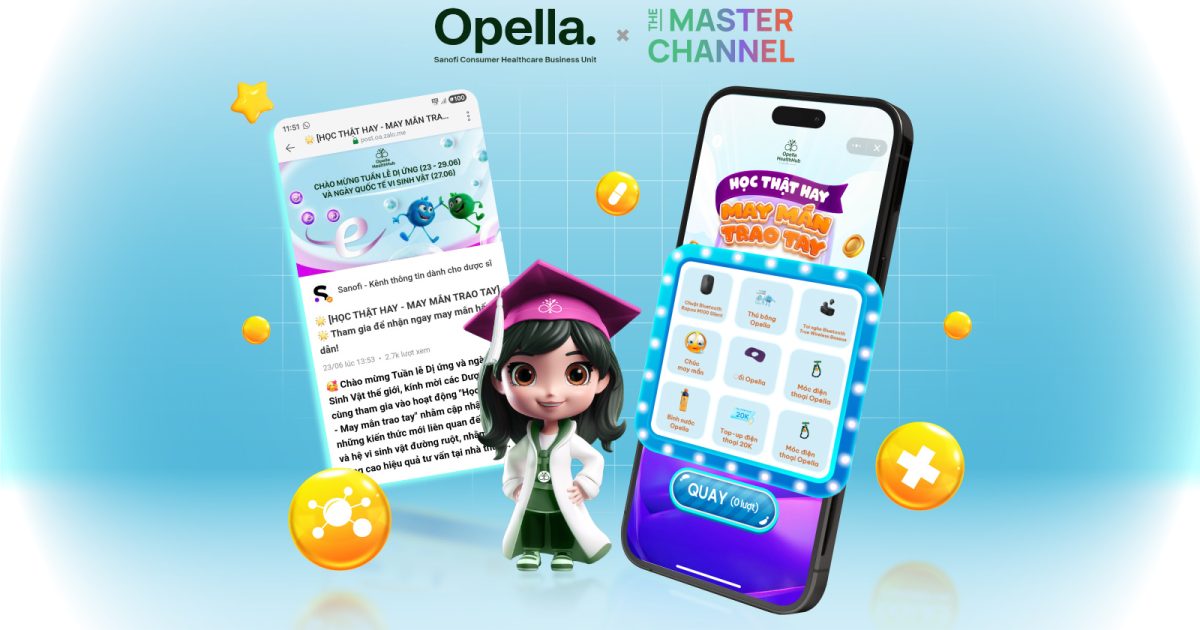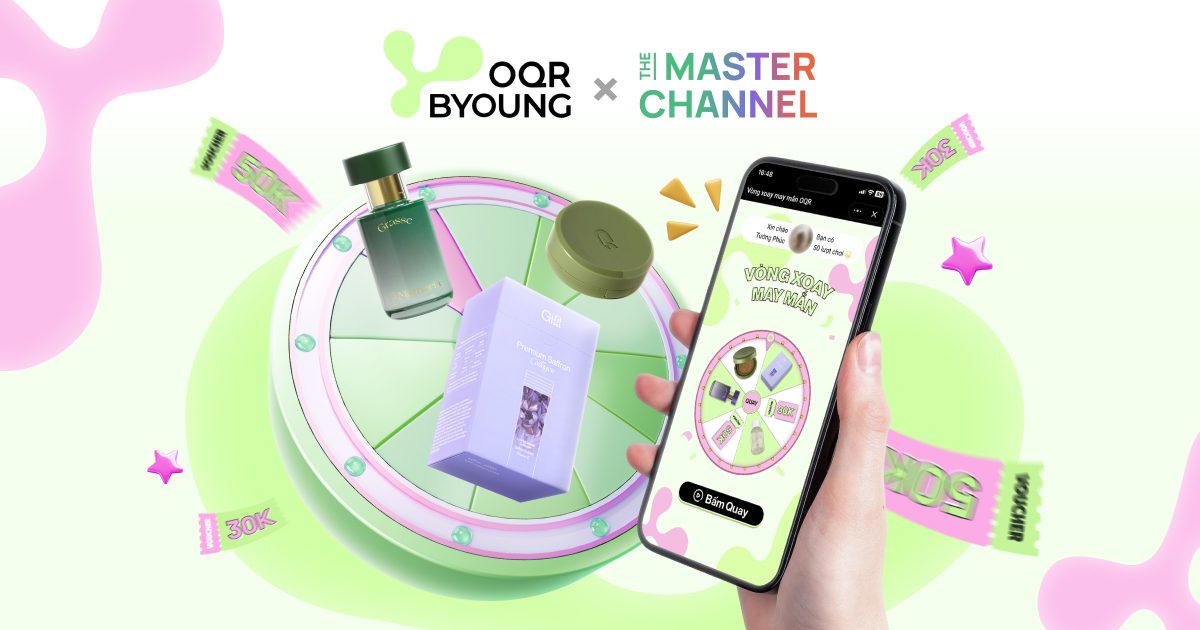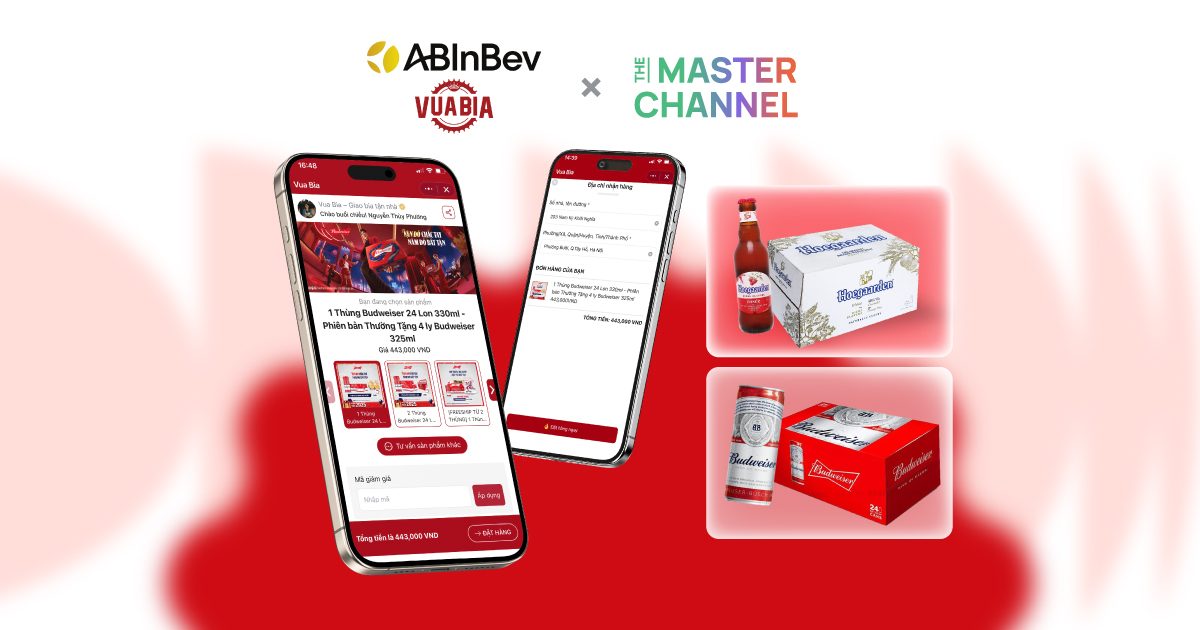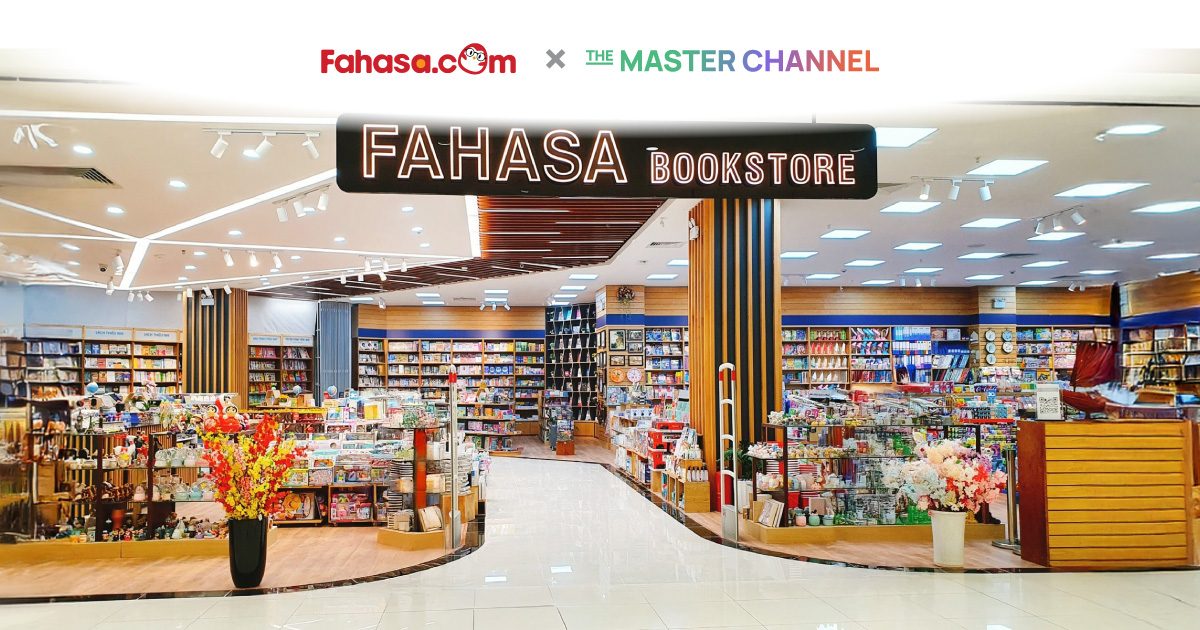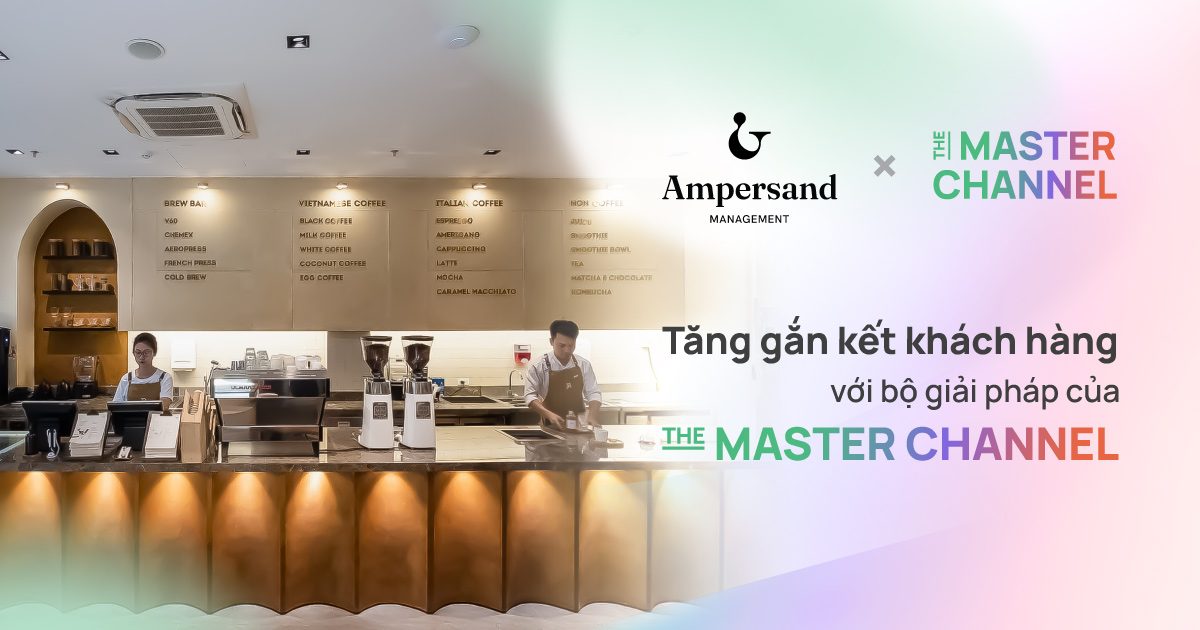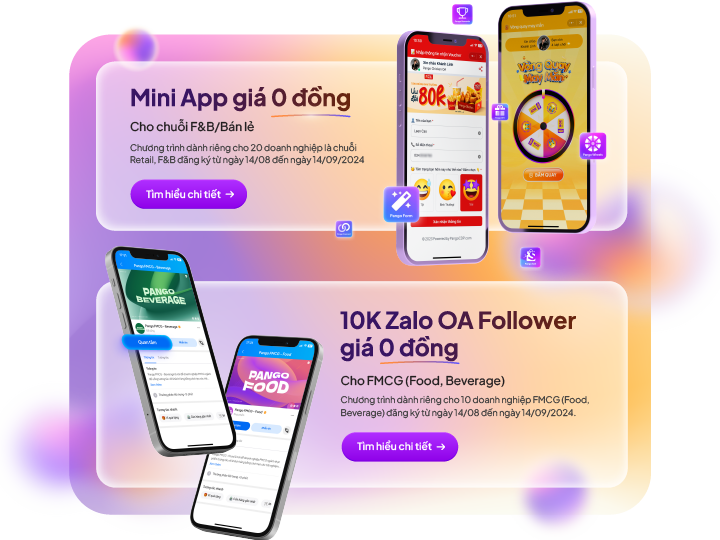In this topic, the PangoCDP team will share experiences in implementing QR Code on specialized products for the FMCG and Pharmaceutical industries.
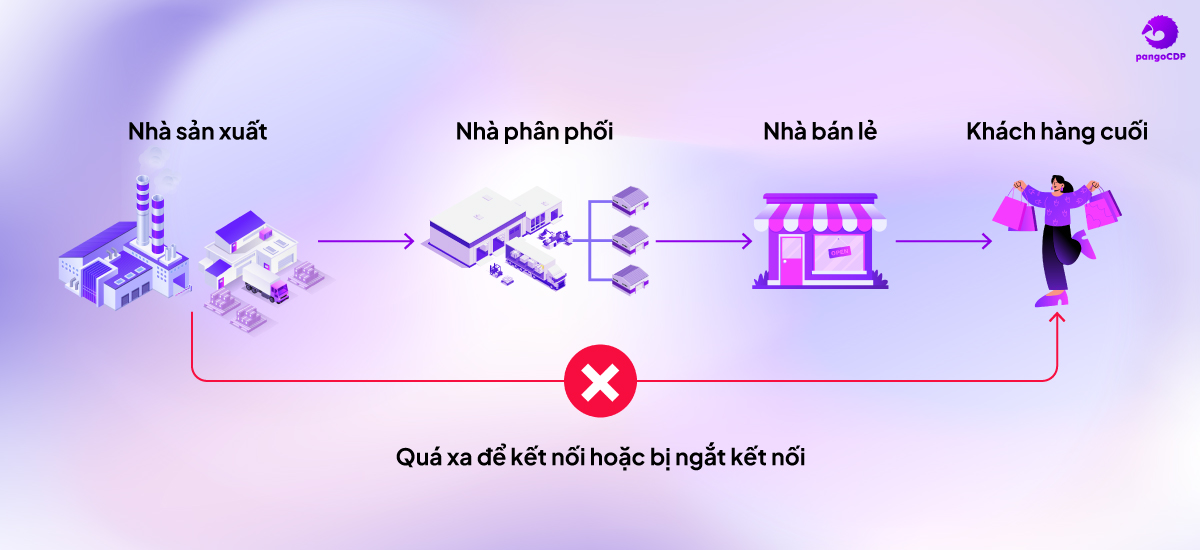
For the FMCG and Pharmaceutical (functional foods) industries, the sales model will mainly go through Outlets, agents, also known as B2B (Business to Business). End Consumers make purchases directly with retail and dealer systems, not directly with manufacturers.
Media and advertising from the manufacturer is mainly a one-way impact to create a Top of Mind for end users and impact on their choices when it comes to points of purchase (Outlet).

The ambition of manufacturers is to interact directly with end users. Manufacturers don’t aim to disregard the distribution channel or retail, rather, they seek a deeper understanding and two-way interaction with end users to create higher and more sustainable values.
One of the possible ways to create a connection between the manufacturer and the end user is a QR code printed on the product. Let’s go through the stories related to the production, printing and successful operation of the QR Code project on the product with the PangoCDP team.
What is QR Code?
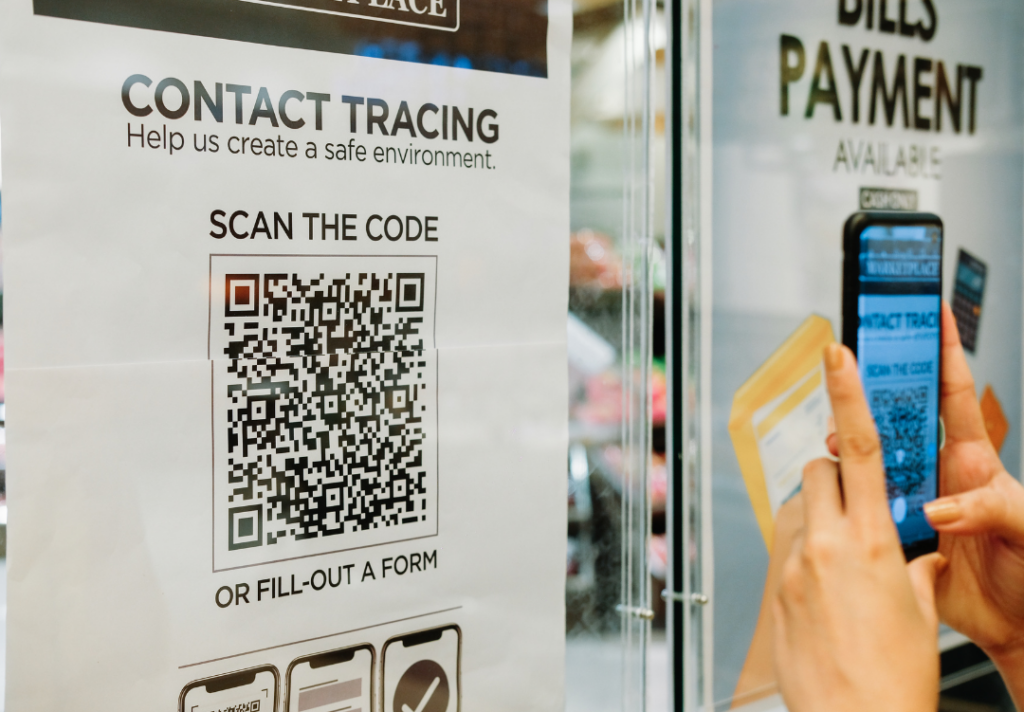
‘QR Code – Quick response code also known as matrix barcode (matrix-barcode) is a two-dimensional barcode (2D).’
QR Code is displayed as an image that is recognized by most phone cameras or popular QR Code scanning applications such as Zalo, Facebook. It will then redirect users to a website specified by the manufacturer.
In Vietnam during the Covid pandemic, almost all people used their phones to scan QR Codes to declare medical. The popularity of QR Code applications is undeniable. Here are the preliminary knowledge about QR Code on the product:
- The size of the smallest QR code will be 01cm, which is important when printing on the package. Of course, the size is not limited; some customers even print QR codes on very large outdoor billboards placed strategically for easy scanning by customers.
- Customers will be led to a website, a website that can be fixed or dynamically configured. This means that after printing QR on the product packaging, the website behind can be edited to lead to another page.
- The QR Codes printed on the packaging of the same products on the market will mostly be the same and lead to a website. The main goal is to explain more about the product or introduce the company.
- With each QR Code created for each product, it will be quite fussy. Printing will be more complicated, but the value of QR Codes will be much greater in creating customer data, creating a multitude of interaction scenarios between manufacturers and customers.
Motivation for customers to scan QR Code
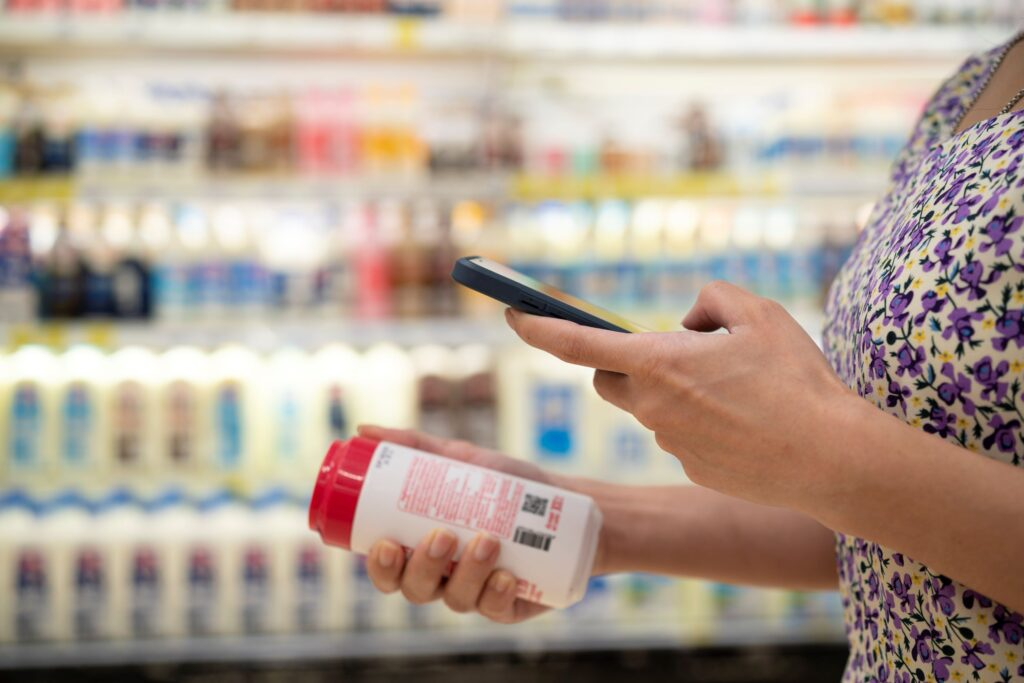
Customers will not naturally scan the QR Code, it is necessary to have very clear reasons and motivate them to act. The following are the reasons that customers will scan the QR code on the FMCG product:
- Winning code scanning: This is clearly the biggest reason and motivation for customers when scanning QR codes on a fast-moving consumer product (FMCG). The winning forms are still very effective in the Vietnamese market. The combination of prizes from small to large such as: phone scratch cards, cars, etc. will encourage customers to participate in scanning QR codes. In addition to the form of winning participation, customers are also motivated to scan codes to accumulate points and use points.
- Convenience of product information access: For products that need guidance information before use such as: pharmaceuticals, functional foods, processed foods,… customers are willing to scan the QR Code to watch video tutorials or instructional materials.
- Anti-counterfeiting: Customers tend to want to check the origin of products, check for counterfeit goods,… before using things such as fertilizers, pesticides, pharmaceuticals,…
QR Code printing position on the package
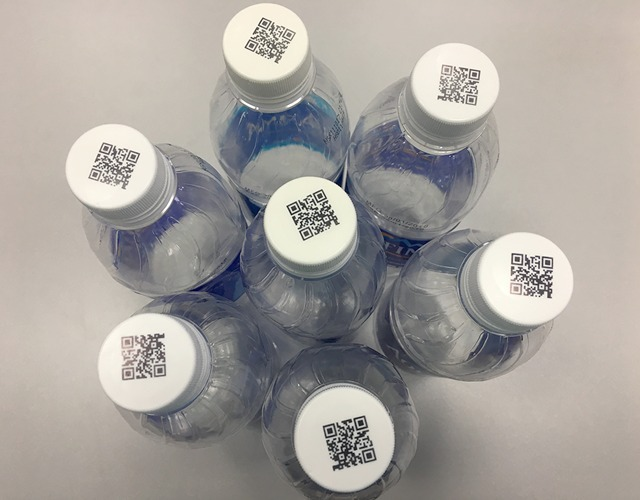
An important factor to start implementing a project on QR codes on packaging is to determine the placement of the QR Code on the packaging:
- Most of the QR Codes printed on the product’s packaging in the Vietnamese market are the same QR codes and printed on the outside of the product. As mentioned above, these types of QR Codes are only valid for more information about the product or manufacturer.
- Unique QR codes for each product will require a more intricate printing technique and may be placed inside the product or hidden under a silver-coated scratch card. This will be the main method to implement the QR code project in the FMCG industry.
Deploying a QR code project on the product is not simple, but of course the results obtained when successfully implemented will be very worthy. Part 2 of the PangoCDP team will analyze the difficulties and benefits in using QR Code for the FMCG industry.

